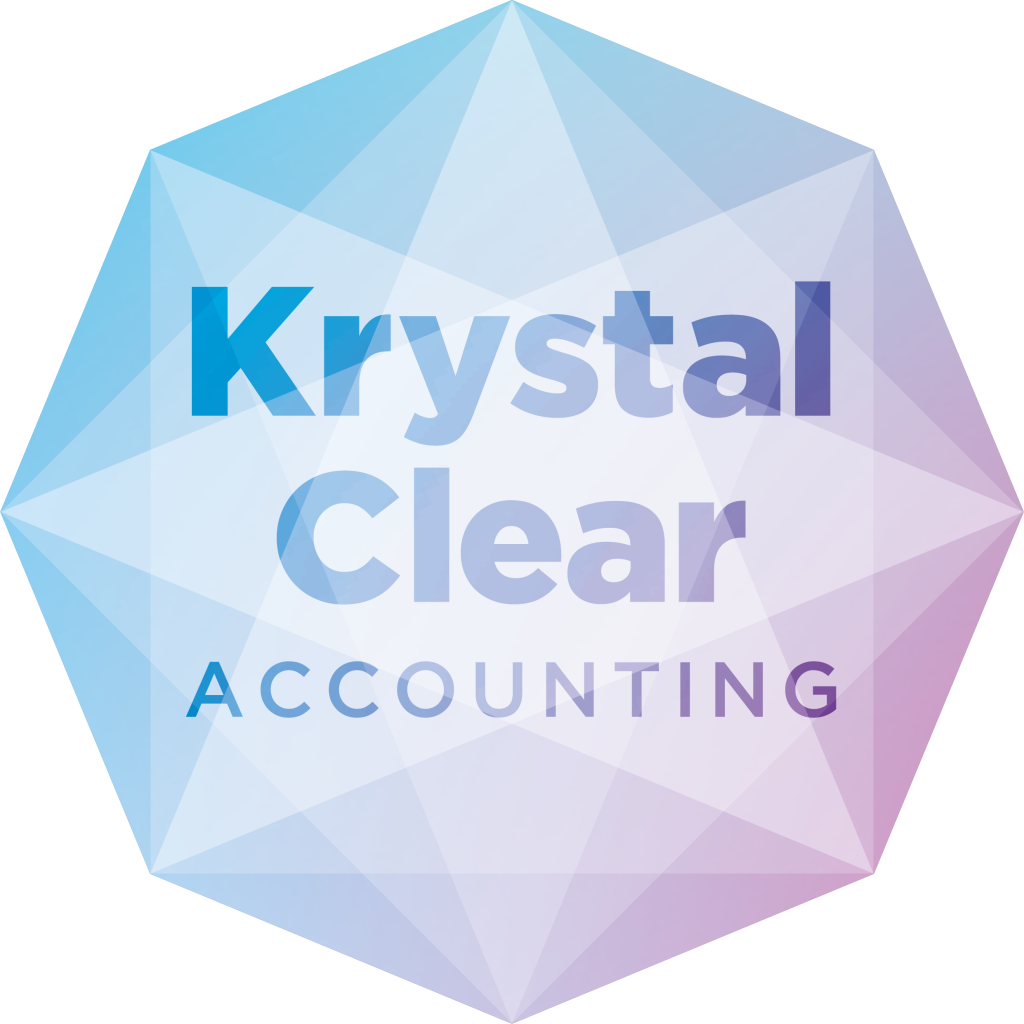This is a Question I often get asked?
It is Accountancy terminology, but one you really ought to understand and if you don’t well this article will reveal all.

EBIT stands for “Earnings Before Interest and Tax” and EBITDA is “Earnings Before Interest and Tax, Depreciation and Amortisation”.
So, what are they……In essence, they are different ways of measuring a company’s profits. They are similar but the differences in their calculations can lead to varied results.
EBIT is used to measure a company’s net operating income. So, in order to calculate this, you would take a company’s total revenue (Sales) and then remove all the company operating expenses, this includes items like cost of goods, salaries rent and depreciation. It denotes how well the costs are being managed. It is used to analyse the performance of a company’s core operations without tax expenses and the cost of the capital structure influencing profit.
EBIT = NI+IE+TE
Where:
NI = Net Income
IE = Interest Expense
TE = Tax Expense
EBIT will effectively tell you how well a company can do its job, while EBITDA will estimate the kind of cash spending power the company has.
EBITDA stands for earnings before interest, taxes, depreciation, and amortisation. It is a way of measuring a company’s financial performance and project earnings. You would take the total revenue (Sales) and then account for all the firms operating cash outlays. In other words, the total revenue reduced by the money the company actively spends to stay in business.
What those two numbers are doing is stripping out some of the variables within a business in terms of the costs. This enables potential investors or potential purchasers to compare different businesses. Stripping out lots of variables gets you back to the basic numbers.
So, what are depreciation and amortisation well in essence Amortisation is depreciation for an intangible asset.
So, for example, it’s writing down or discarding the cost or the value of an intangible asset, like goodwill. Goodwill may be said only to be valid for a period of time, it could be six months, it could be five years, but you need to actually write down that value. Essentially, it’s no different to depreciation, just on a different set of assets.
So, EBITDA is taking out all of the finance and structural costs of the business. Both figures are stripping out those variable costs so that you can reliably compare a business.
They are really good figures to keep an eye on if you’re managing the business properly. This is because the revenue and expenses that EBIT reflects are costs and expenses that actually, you can manage more easily than the others.
EBITDA can be a useful measure when comparing two companies that have different amounts of fixed assets. EBITDA can be a better measure as companies with higher assets will have higher depreciation so a lower EBIT. So, in this case EBITDA is helpful as it provides a comparison on an apples-to-apples comparison basis.

